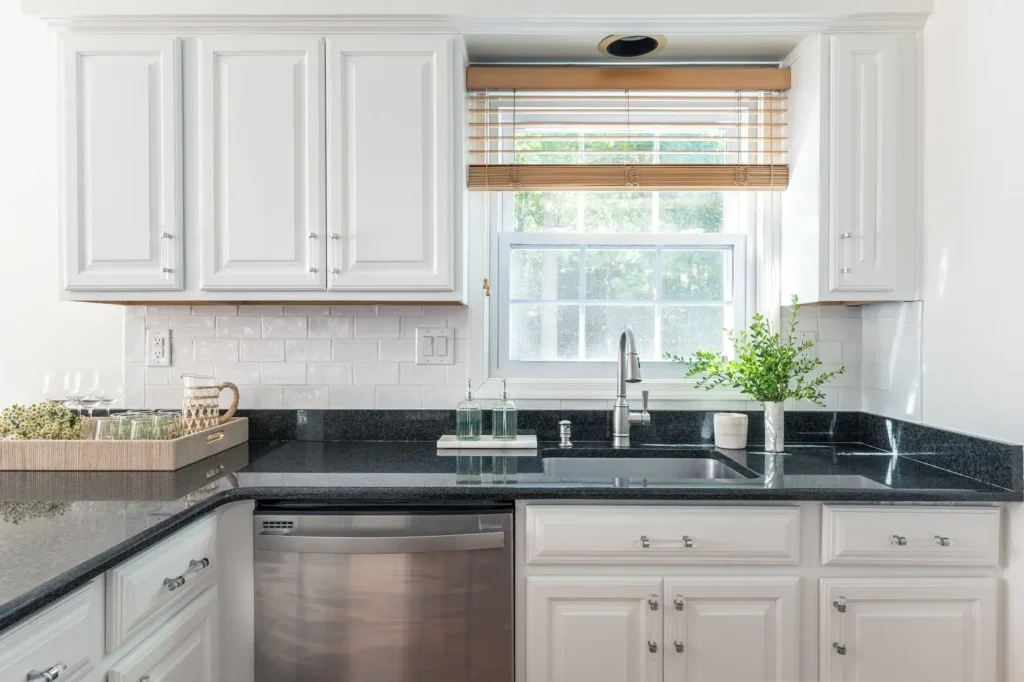
If you’re considering a kitchen remodeling project, one of the most popular design trends is the open-concept kitchen. An open-concept kitchen combines the kitchen, dining, and living areas into a single, seamless space, creating a more social and functional layout. But how do you design an open-concept kitchen that balances functionality and aesthetics? In this article, we’ll explore some good design ideas for an open-concept kitchen remodeling project.
First and foremost, when designing an open-concept kitchen, it’s important to consider the overall flow of the space. A well-designed open-concept kitchen should feel cohesive and visually connected, with a clear path for traffic flow. To achieve this, consider the placement of your kitchen island, seating areas, and appliances.
One design idea for an open-concept kitchen is to create a focal point that ties the space together. This could be a statement lighting fixture, a unique backsplash, or a bold color scheme. A focal point can help create visual interest and give the space a sense of purpose.
Another design idea for an open-concept kitchen is to incorporate natural materials and textures, such as wood, stone, or brick. These materials can add warmth and character to the space, and help it blend seamlessly with the surrounding areas. For example, a wooden beam or brick accent wall can add a rustic touch to a modern kitchen, creating a unique and inviting atmosphere.
Lighting is also an important consideration in an open-concept kitchen. Because the space combines several functions, it’s important to have a mix of task lighting and ambient lighting. Consider installing under-cabinet lighting, pendant lights, and recessed lighting to create a well-lit and functional space.
When it comes to color schemes, it’s important to choose colors that complement each other and create a cohesive look throughout the space. One popular design trend for open-concept kitchens is to use a neutral color palette, with pops of color in the accessories and decor. This allows the kitchen to blend seamlessly with the surrounding areas, while still maintaining its own identity.
Storage is also a crucial consideration in any kitchen remodeling project, especially in an open-concept space. To maximize storage in an open-concept kitchen, consider incorporating floor-to-ceiling cabinets, built-in storage solutions, and hidden storage options, such as a pantry or a pull-out spice rack.
Finally, when designing an open-concept kitchen, it’s important to consider the acoustics of the space. An open-concept kitchen can be a noisy area, with the sounds of cooking, conversation, and entertainment all competing for attention. To minimize noise and create a more pleasant atmosphere, consider incorporating sound-absorbing materials, such as rugs, drapes, or acoustic panels.
In conclusion, an open-concept kitchen remodeling project can be a great way to create a more functional and social space in your home. When designing your open-concept kitchen, consider the flow of the space, the use of natural materials and textures, lighting, color schemes, storage solutions, and acoustics. By carefully planning and executing your design ideas, you can create an open-concept kitchen that is both beautiful and functional and adds value to your home.